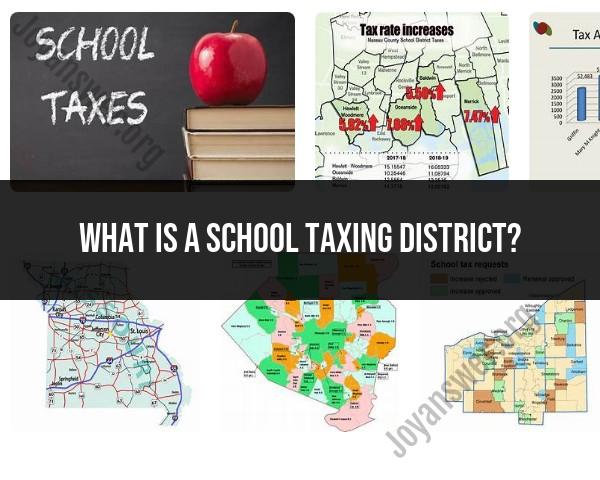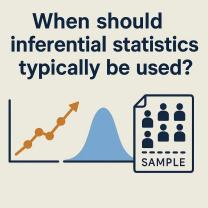What is a school taxing district?
A school taxing district, also known as a school district or school division in some regions, is a defined geographic area within which a local government or governing body levies taxes to fund public education. These districts are responsible for providing educational services and managing schools within their boundaries.
Key aspects and functionalities of school taxing districts include:
Taxation for Education Funding: The primary function of a school taxing district is to collect taxes from property owners or residents within its boundaries. These taxes are used to fund the operation, maintenance, and improvement of public schools within the district.
Local Governance: School taxing districts often have their own governing bodies, such as a school board or school committee, responsible for overseeing educational policies, budgets, curriculum decisions, and hiring school personnel within the district.
School Funding Allocation: The funds collected through taxation are allocated to various educational needs, including teacher salaries, facility maintenance, educational programs, extracurricular activities, technology upgrades, and other expenses related to running public schools.
Community Involvement: School taxing districts often involve the local community in decision-making processes through school board meetings, public forums, and opportunities for parents, educators, and community members to participate in discussions about educational priorities and policies.
District Boundaries: School taxing districts have specific boundaries that define the area they serve. These boundaries can vary widely in size, population, and resources, and may encompass multiple towns or neighborhoods.
The structure and functioning of school taxing districts can vary between different states or countries, as education systems and funding mechanisms differ based on local laws, regulations, and funding sources.
School Taxing Districts: Demystifying the Educational Funding Puzzle
School taxing districts play a vital role in funding public education across the United States. But what exactly are they, and how do they work? Let's dive in:
1. The Essence of School Taxing Districts:
- Local entities: They are geographically defined areas within a state responsible for raising funds to support public schools within those boundaries.
- Funding mechanism: They levy property taxes on residents and businesses within their borders, generating the primary source of revenue for public schools.
- Independent entities: While they exist within state frameworks, they operate with some degree of autonomy, determining their own tax rates and budget allocations.
2. Defining the Boundaries and Characteristics:
- State laws: Each state establishes its own rules for creating and defining school taxing districts. These rules can vary, but some common factors considered include:
- Number of students or schools: Districts might be formed based on a minimum student population or school count.
- Geographic considerations: Boundaries may follow existing municipal borders, natural features, or transportation networks.
- Financial viability: Districts should have a sufficient tax base to support their schools.
- Types of districts: Beyond traditional elementary and secondary districts, states might have special districts for vocational education, adult education, or specific needs.
3. Delineation and Formation:
- State-led processes: Usually, a state legislature or education board initiates the creation of a new school taxing district. This might involve public hearings and approval processes.
- Community involvement: Residents and local authorities often play a role in proposing, modifying, or consolidating existing districts.
- Evolving landscape: School taxing districts are not static entities. They can merge, split, or adjust their boundaries based on demographic shifts, funding needs, and community preferences.
Remember:
- School taxing districts are crucial for ensuring equitable access to quality public education.
- Their boundaries and characteristics are shaped by state laws, community involvement, and evolving needs.
- Understanding how these districts function empowers us to engage in informed discussions about education funding and local governance.
By demystifying the complex world of school taxing districts, we can contribute to a more sustainable and equitable future for our public schools.











